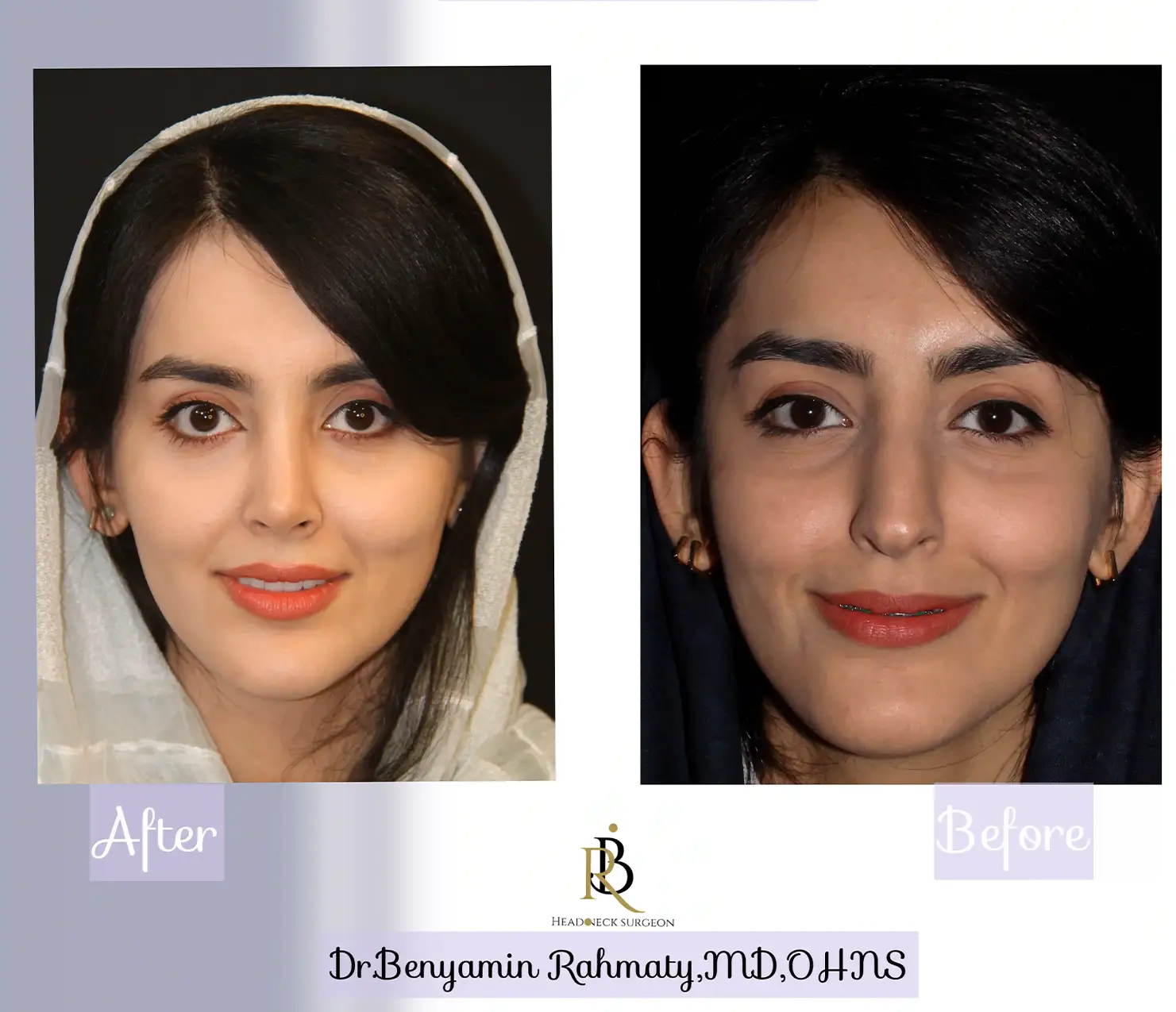A Revolutionary Approach to Nose Surgery: Natural Nose Surgery with Non-Invasive Preservation Rhinoplasty
Preservation rhinoplasty has emerged as an advanced technique in nasal surgery, offering patients a less invasive approach that focuses on preserving the nose’s natural structure and function. This innovative method has gained popularity among both surgeons and patients for its ability to deliver aesthetically pleasing and natural results while minimizing trauma and shortening recovery time.

What Is Non-Invasive Preservation Rhinoplasty?
Non-invasive preservation rhinoplasty is a surgical approach that prioritizes maintaining the natural anatomical elements of the nose. Unlike traditional rhinoplasty, which often involves extensive reconstruction and removal of bone and cartilage, this technique aims to preserve the original structure as much as possible. It allows for a more natural appearance while reducing the risks associated with more invasive procedures.
This cutting-edge method is performed by Dr. Benyamin Rahmati, a renowned nasal surgeon based in Markazi Province and the city of Arak.
Key Principles of Non-Invasive Preservation Rhinoplasty
-
Preservation of Natural Anatomy:
The foundation of preservation rhinoplasty lies in maintaining the integrity of nasal structures, including bones, cartilage, and soft tissues. By preserving these components, the surgeon can achieve a balanced and harmonious appearance that complements the patient’s facial features. -
Minimal Invasiveness:
This technique involves less invasive methods, meaning less trauma to surrounding tissues. As a result, patients experience reduced swelling and bruising, leading to a quicker and more comfortable recovery. -
Conservative Tissue Removal:
When tissue removal is necessary, it is kept to a minimum. The focus is on reshaping rather than reducing, which helps preserve the nose’s strength and function. -
Advanced Techniques:
Surgeons use innovative tools such as piezoelectric instruments, which allow for precise modifications with minimal damage to nasal tissues. These tools help refine the nose’s shape while enhancing its natural beauty.


Benefits of Natural Nose Surgery with Preservation Rhinoplasty
-
Natural Appearance:
By preserving nasal structures, this method often results in a more natural look and avoids the overdone appearance sometimes seen with traditional rhinoplasty. -
Shorter Recovery Time:
Patients typically experience less swelling and bruising, allowing for faster recovery and a quicker return to daily activities. -
Long-Term Results:
The conservative approach helps maintain the structural integrity of the nose, reducing the likelihood of complications or the need for revision surgery. -
Improved Function:
By maintaining the nasal anatomy, this technique can also help preserve or even enhance functional aspects of the nose, such as breathing.
Is a Non-Invasive Approach to Natural Nose Surgery Right for You?
This approach is ideal for individuals seeking subtle, natural enhancements to their nose without drastic changes. It’s best suited for patients who wish to retain their unique facial features while addressing concerns such as dorsal humps or asymmetry.
However, it is essential to consult with a qualified and experienced surgeon who specializes in preservation rhinoplasty to determine if this method aligns with your aesthetic goals and anatomical needs.
Conclusion
Non-invasive preservation rhinoplasty represents a major advancement in nasal surgery, offering a patient-centered approach that maintains the nose’s natural beauty. With its emphasis on less invasive techniques and structural preservation, it provides an appealing alternative for those seeking enhancement with minimal risk and downtime.
If you’re considering nasal surgery and want to explore this innovative technique, contact us today to schedule a consultation with our expert team. Discover how preservation rhinoplasty can help you achieve your desired look with precision and elegance.
You can also book an appointment with Dr. Benyamin Rahmati to learn more about how this advanced method can benefit you.
Follow Dr. Rahmati’s Instagram page to stay updated on the latest news, before-and-after cases, and modern techniques in rhinoplasty.







